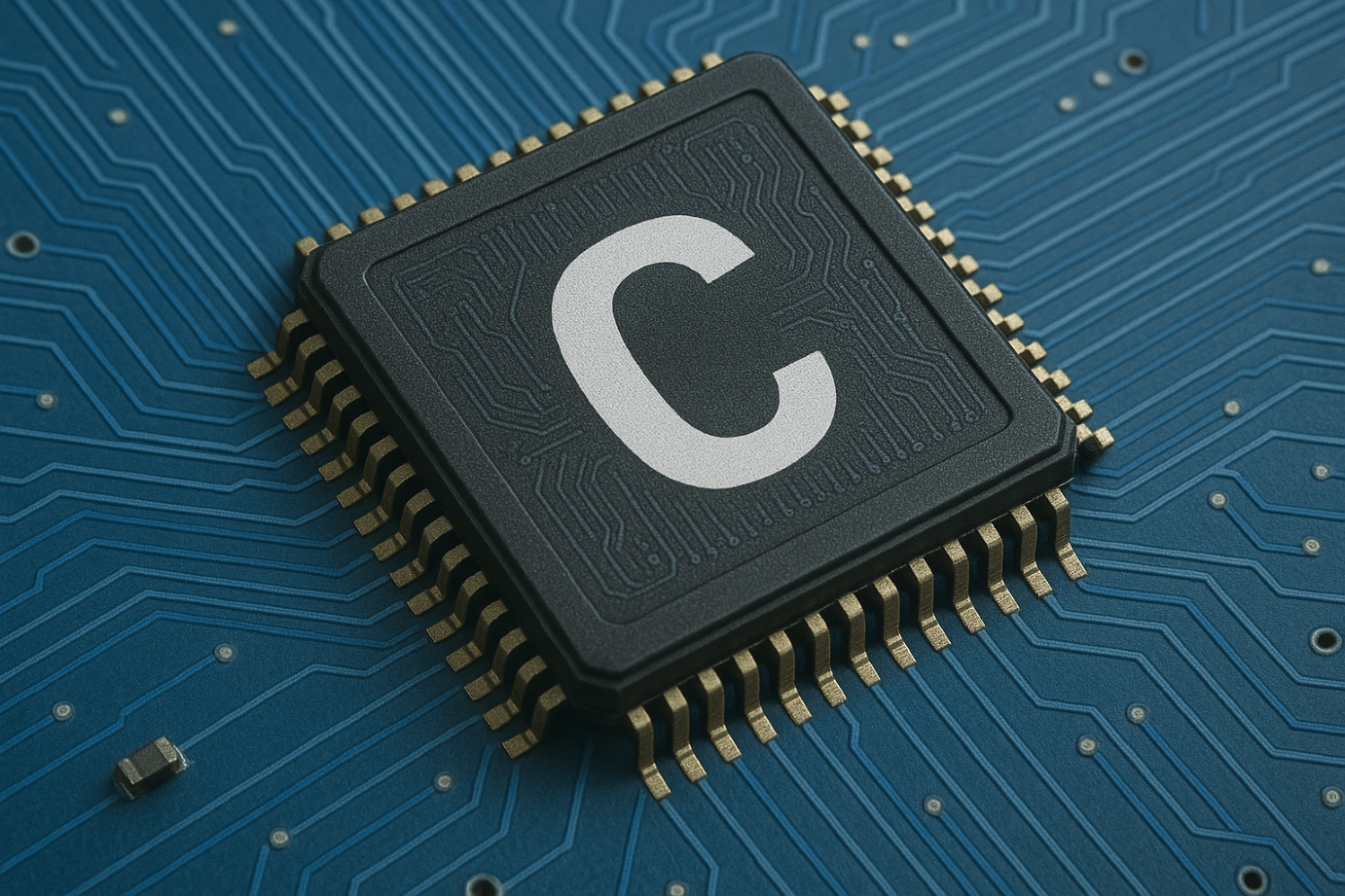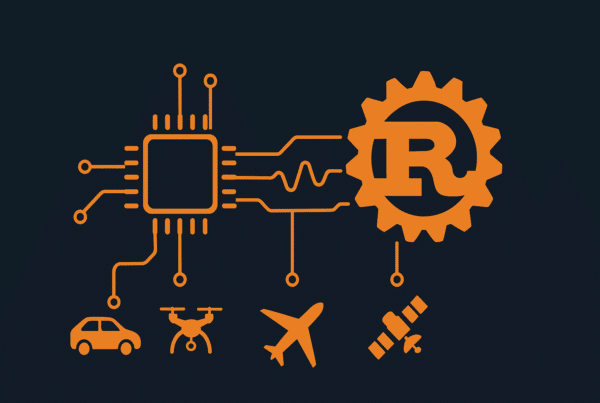Is Embedded C Still Viable in 2025? Absolutely, But It’s Evolving
In an era when developers can build complex systems using high-level frameworks, MicroPython interpreters, or even Rust for embedded applications, it’s fair to ask: Is Embedded C still viable? The answer is a qualified yes, not because it’s fashionable, but because it remains the backbone of the embedded world.
The Legacy of Reliability
Embedded C has been around for decades, and much of the world’s hardware still runs on it. From automotive ECUs to medical devices, industrial controllers, and consumer electronics, millions of systems depend on code written in Embedded C. These devices often have lifespans measured in decades, not product cycles, and rewriting them in a modern language is rarely justified. For many industries, “if it isn’t broken, don’t fix it” isn’t conservatism; it’s a safety requirement.
Why C Still Fits Embedded Systems
The strength of Embedded C lies in its predictability and control. It gives developers direct access to hardware registers, minimal runtime overhead, and full transparency over memory and timing. These are critical factors when a few microseconds of latency or a few kilobytes of RAM can mean the difference between success and failure.
Unlike higher-level languages, C compiles into lean, deterministic code that can run on resource-constrained microcontrollers with as little as 8 KB of flash memory. In contexts like these, C isn’t just viable; it’s indispensable.
The Rise of Contenders
That said, the embedded landscape is shifting. Rust offers memory safety guarantees that C simply cannot match without disciplined manual effort. C++ continues to make inroads, especially with modern compilers supporting zero-cost abstractions. Meanwhile, MicroPython and Zephyr’s scripting extensions are making embedded development more approachable for rapid prototyping.
But these newcomers often come with trade-offs: increased memory usage, slower boot times, or less transparent debugging. They are powerful tools, but not replacements for C in the most constrained or safety-critical environments.
Where C Must Adapt
Embedded C’s biggest challenge is not obsolescence; it’s relevance. Fewer computer science programs teach low-level embedded development today. Without modern tooling, unit testing, and static analysis integration, Embedded C can feel archaic. To remain viable, the community must invest in updated workflows, CI/CD pipelines, better documentation, and code safety practices that rival Rust’s.
Conclusion: Still the Foundation, Not the Future
Embedded C isn’t going anywhere. It will remain the lingua franca of low-level systems for the foreseeable future. However, the next decade will likely see it share the stage more evenly with Rust and other modern languages.
The embedded world is expanding, from 8-bit controllers to connected IoT systems and AI edge devices, and no single language will rule them all. Embedded C remains the steel girder in the foundation of this ecosystem: invisible, indispensable, and still very much viable.
Looking to grow your team with Embedded Experts or looking for a new opportunity? Contact kris@akkar.com







